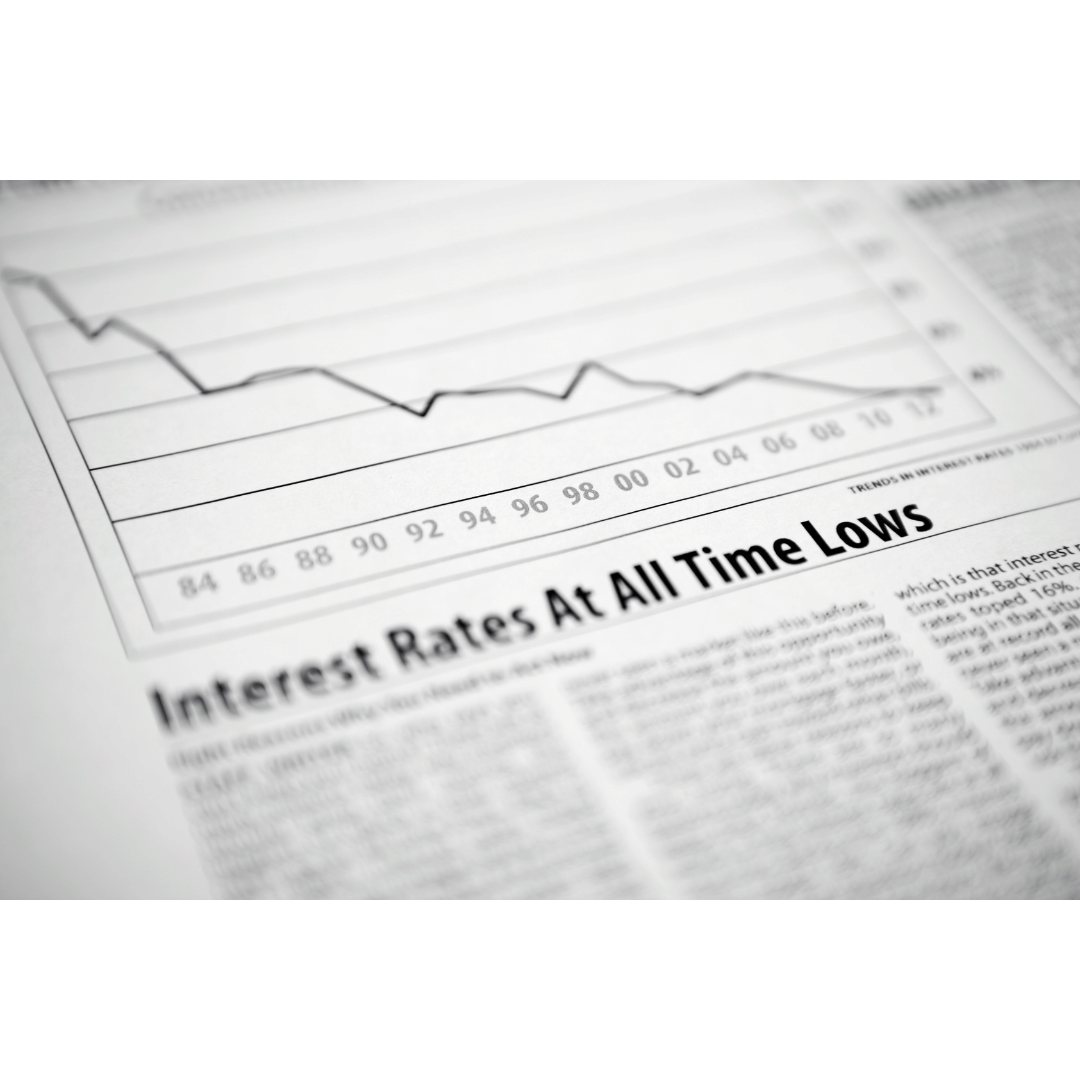The Federal Reserve is expected to begin reducing its bond purchasing in November amid lingering inflation. The challenge is finding the right balance of monetary policies while anticipating when the continued supply-chain disruptions will cease, and how consumers will react. Here's what you need to know about the current state of inflation, bond purchasing, and how it affects you.
Supply-Chain Bottlenecks Continue To Impact Inflation
In the International Monetary Fund (IMF)'s October World Economic Report, supply chain disruption is listed as one of the main factors contributing to rising and sustaining inflation. Recently, Jerome Powell, Federal Reserve Chairman, suggested that he was becoming more concerned over the supply chain and the impact it is having on inflation.
"Supply-side constraints have gotten worse... The risks are now to longer and more-persistent bottlenecks, and thus to higher inflation." Supply-chain pressure was expected to begin easing up along with the opening economy. Labor shortages and pandemic-related challenges have prevented a strong supply surge. The demand for goods continues to surpass the supply, which is continually feeding the inflation rate.
Inflation was expected to be transitory, but that is no longer the case. According to a survey of 67 economists, inflation will likely remain above 5% through the rest of the year and well into 2022. The IMF report indicates a similar trajectory. Because of this, the Fed has decided to initiate its monetary policy sooner than expected.
Fed Is Set To Reduce Its Bond Purchasing In November
The Fed is set to scale back its bond purchasing in the coming weeks, rather than in January as they previously stated. The Fed has been purchasing around $120 billion in bonds since the beginning of the pandemic and lowered the interest rate close to zero. As the Fed buys bonds, it increases the money supply in the economy. This, in addition to directly lowering the federal interest rates, resulted in low-interest rates for consumers and helped induce economic activity.
In November, the Fed will gradually decrease its bond purchasing by $15 billion each month until June 2022. This is a fine-tuning tool that is Fed is using in an attempt to slow inflation. As their bond purchasing decreases, it slowly reduces the money supply. That means that interest rates could rise slowly as a result of the decreasing money supply.
Fed Won't Increase Rates Until 2022
The Fed will not raise interest rates until their bond-purchasing taper is complete, which will be sometime after June 2022. While it reduces its bond purchasing, the Fed will seek a better understanding of how Americans spend their money, and how disrupted the labor markets have become due to the pandemic.
The Federal Reserve has a balancing act to play. The hope is that supply-chain bottlenecks will work themselves out and organically ease inflation. However, there is danger in waiting for that to occur. The longer the Fed waits, the more likely businesses and consumers will expect inflation (and thus prices of goods and services) to remain high, which could force the Fed to raise rates quicker than anticipated.
Additionally, the longer the Fed keeps rates low, even with the reductions of bond purchasing, the more likely inflation remains above their 2% target. At the same time, directly raising interest rates too fast could have the opposite effect and dampen economic activity just as it clears the supply-chain bottleneck.
Wednesday, Fed governor Randal Quarles, commented on the current state of inflation. He said, “If we are still seeing 4% inflation…next spring, then I think we might have to reassess the speed with which we would be thinking about raising interest rates.” While the Fed doesn't want to raise interest rates before June 2022, they may decide to if inflation doesn't decrease substantially by the Spring.
How Bond Purchasing and Rising Interest Rates Affect You
As the Fed begins tapering its bond purchasing, there will likely be a slight increase in interest rates for consumers. The Fed plans to begin reducing its bond purchasing towards the end of November. This means that interest rates will likely increase to some degree towards the end of November or the beginning of December.
When the Fed does decide to raise the federal funds rate (the rate that banks pay to trade with Federal Reserve Banks), it will affect the interest rates that consumers pay even more. It's meant to help cool down the economy, but it means the low-interest loans that businesses and home buyers currently enjoy will increase as well.
Final Thoughts: Borrow Now If You Can
If you have consulted with a financial advisor or another lender, and you qualify for a loan--business or mortgage, now could be the time to borrow. This is not to be received as financial advice, but an awareness that interest rates will likely begin increasing in the coming weeks.
📌 Want more government news and business funding options every single week? Try Skip Plus for 2 weeks for free and never miss out on another major funding opportunity or government insight.


